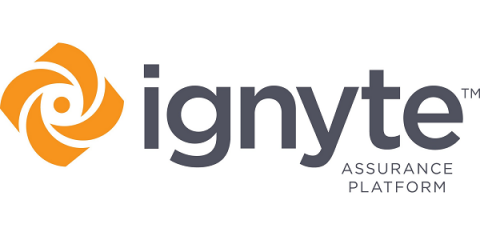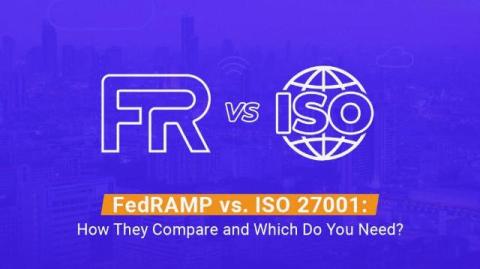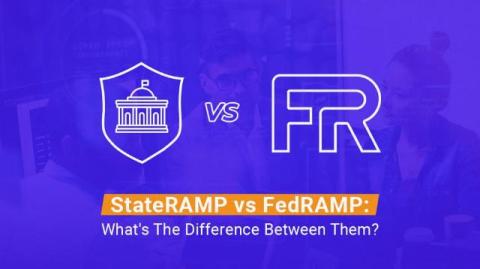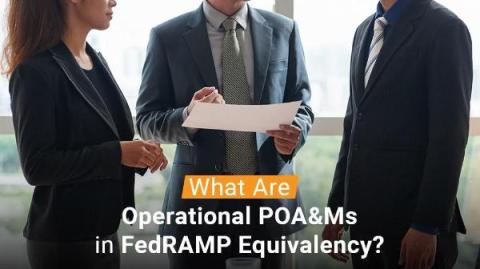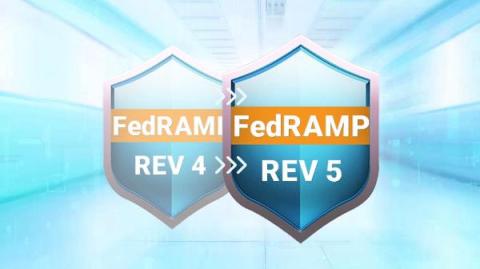What Are the Benefits of FedRAMP Certification in 2024?
FedRAMP, the federal risk and authorization management program, is a comprehensive and structured way to develop a security – mostly cybersecurity – position when working with the federal government. It’s a framework meant for contractors and third-party businesses that handle information for the government and who need to keep it secure. The question is, if you’re a cloud service provider, what are the benefits of implementing FedRAMP?


